Organic drones? This has some very interesting implications.
Category: neuroscience
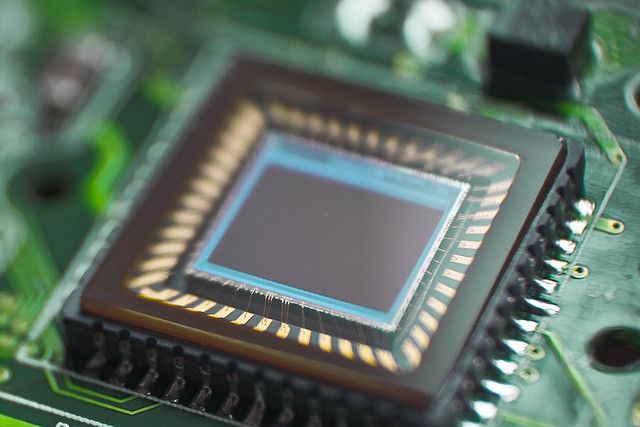
What Happens When We Upload Our Minds? — Maddie Stone | Motherboard
“In a sense, all four pillars of the mind-uploading roadmap—mapping the brain’s structure and function, creating the software and hardware to emulate it—are now areas of active research. If we take Koene’s optimistic view, within a decade, we may have the technological capacity to fully map and emulate a very simple brain—say, that of a Drosophila fruit fly, which contains roughly 100 thousand neurons. ”

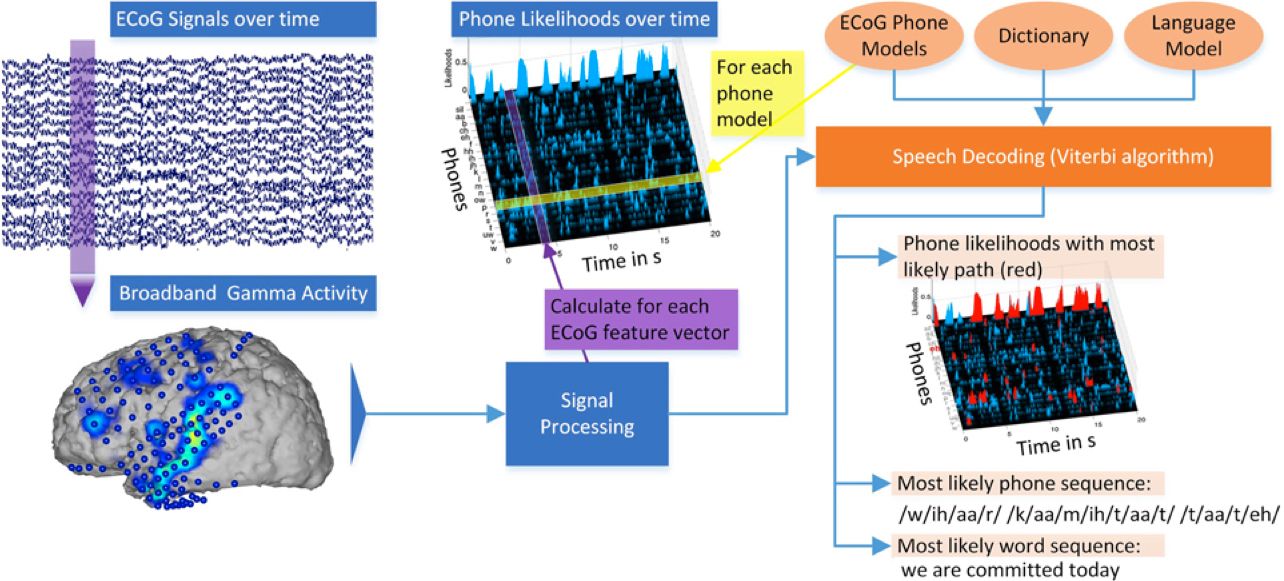
‘Brain-to-Text’ system converts speech brainwave patterns to text
Brain activity recorded by electrocorticography electrodes (blue circles). Spoken words are then decoded from neural activity patterns in the blue/yellow areas. (credit: CSL/KIT)

Never Sleep Again, Using This Drug
If there was a drug that meant you never had to sleep again, would you take it? Would those who didn’t need to sleep have special advantages over those who did? All that and a side of zombies, in this week’s episode of Meanwhile in the Future.
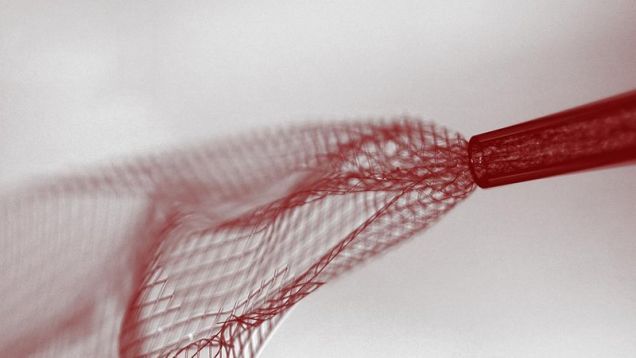
Scientists Just Invented the Neural Lace
In the Culture novels by Iain M. Banks, futuristic post-humans install devices on their brains called a “neural lace.” A mesh that grows with your brain, it’s essentially a wireless brain-computer interface. But it’s also a way to program your neurons to release certain chemicals with a thought. And now, there’s a neural lace prototype in real life.
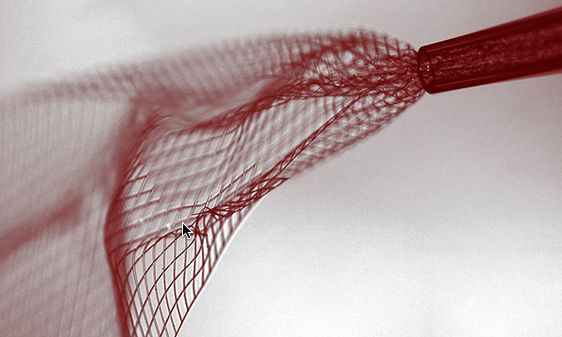
Implantable brain electronics is here
Mesh electronics being injected through sub-100 micrometer inner diameter glass needle into aqueous solution (credit: Lieber Research Group, Harvard University)
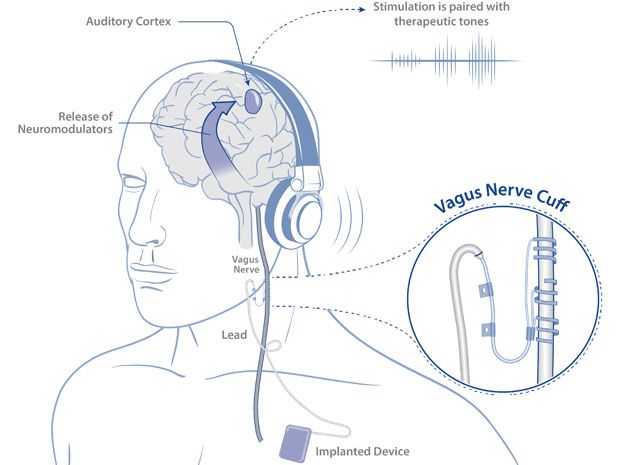
Implant Fights Stroke, Tinnitus
Microtransponder’s vagus nerve stimulator uses precisely-timed jolts to help stroke victims relearn movements more quickly

When Computers Insist They’re Alive
My latest article for Vice Motherboard. It’s about consciousness and a so-called ‘Turing Test’ that superintelligence might one day use on humans:
“Brainprints” Could Be Future Security ID — By Christopher Intagliata Scientific American
Biometric technology was once the stuff of sci-fi—how many movies show someone having their hand or eye scanned to get entry into a secured facility? But today biometric tech can be found in millions of people’s pockets—as the fingerprint scanner on an iPhone.
Of course, fingerprint scanning isn’t foolproof. Hackers have stolen fingerprints from photos, and used fake prints to fool Apple’s touch ID. Plus, there’s always the brute force method, like the time a gang in Malaysia cut off a guy’s fingertip—with a machete—to interface with the fingerprint-recognition system on the victim’s Mercedes. Read more